Montpellier: Europe's next cultural capital?
The laid-back Mediterranean charm of Montpellier hides the town's deep-rooted artistic personality
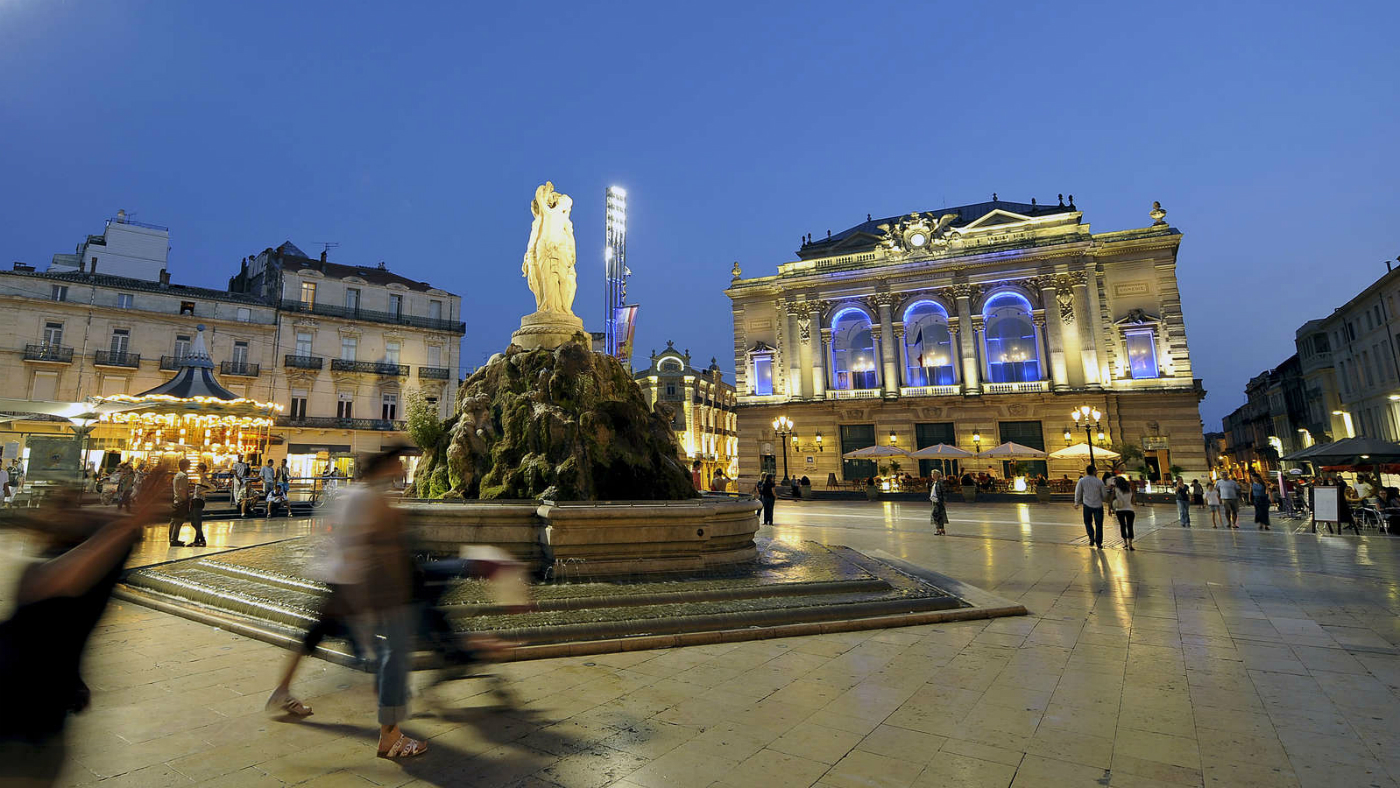
While the epicentres of European art are numerous and varied, a certain element of stagnation has crept in over the years. Tourists flock to the Prado, the Louvre, the Uffizi and the National Gallery in huge numbers, but while the status of these world-class museums is undisputed, what if somewhere new were to challenge Europe's dusty Old Guard?
Down in the furthest reaches of southern France, the languid Languedoc hill town of Montpellier may be on the brink of providing an unexpected answer to that very question.
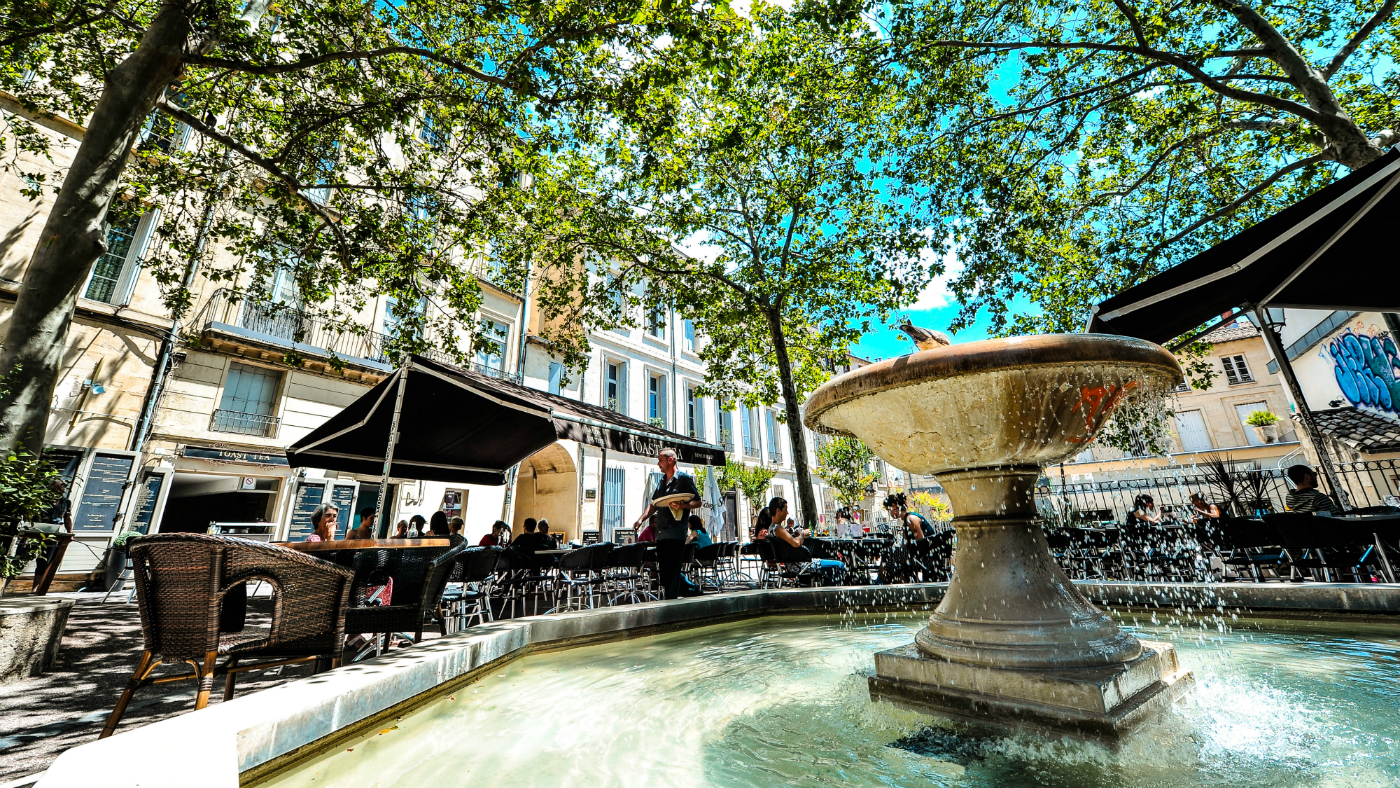
Although the pace of life is quintessentially Mediterranean here, Montpellier's palm-tree-flanked boulevards and sleepy side streets belie the city's intense and symbiotic relationship with artistic subversion and counterculture.
The Week
Escape your echo chamber. Get the facts behind the news, plus analysis from multiple perspectives.

Sign up for The Week's Free Newsletters
From our morning news briefing to a weekly Good News Newsletter, get the best of The Week delivered directly to your inbox.
From our morning news briefing to a weekly Good News Newsletter, get the best of The Week delivered directly to your inbox.
Montpellier may only be France's eighth-largest city, but it boasts both the fastest population growth and youngest average age of any city in the country, attracting students from across the globe. Many of them are driving the expansion and evolution of Montpellier's foray into contemporary art.
And it's the development of this communal artistic vision that could easily transform Montpellier into one of Europe's key cultural destinations – Montpellier Contemporain (MoCo), a hugely ambitious multi-site art project spearheaded by world-renowned curator and critic Nicolas Bourriaud.
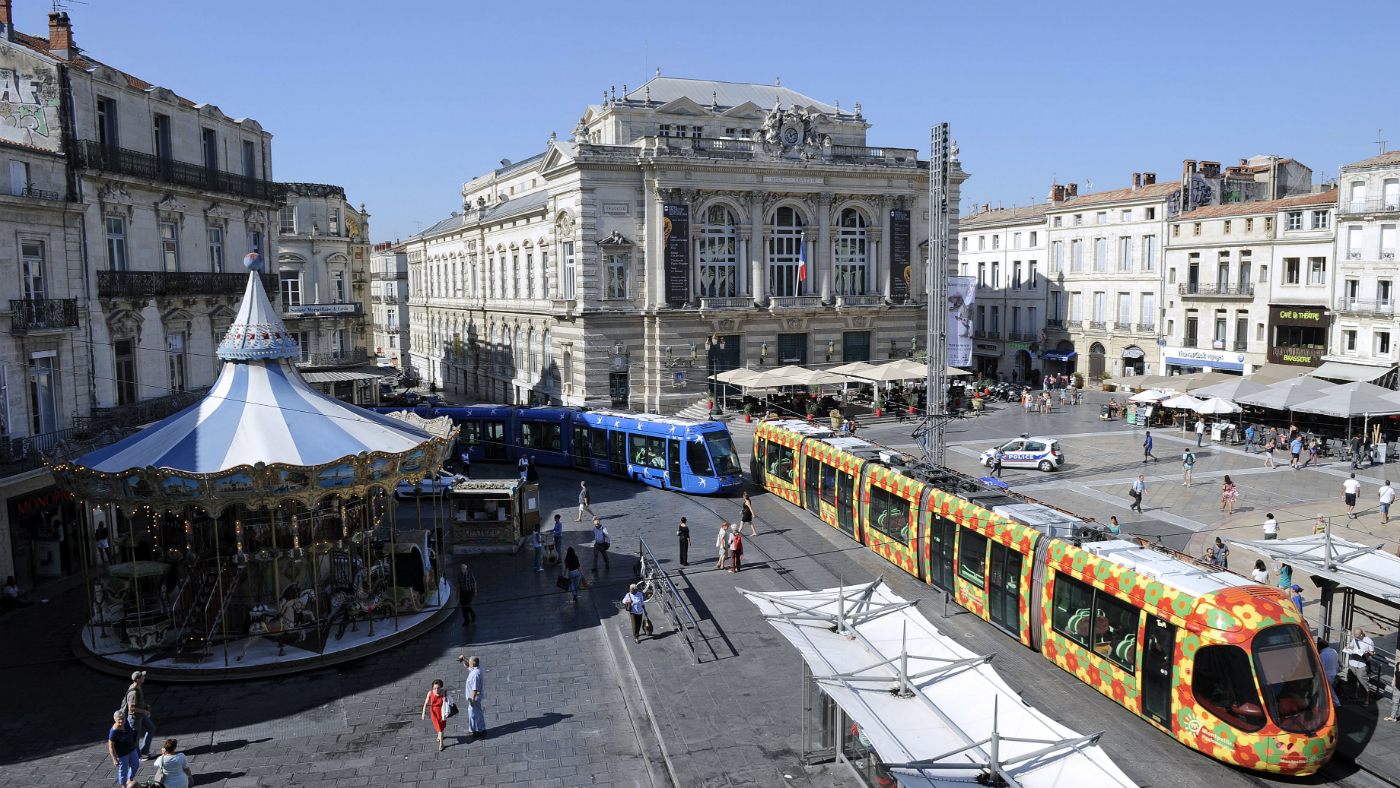
Due to launch in June 2019, the project aims to (in the organisers' own words) "bring together the artistic sector from learning to exhibiting" by offering gallery space at the Hotel Montcalm and La Panacee galleries and organising courses relating to the exhibitions at the Montpellier School of Fine Arts (ESBAMA).
Despite being more than two years away, the full scale of MoCo's ambition can already be seen in the extensive redevelopment of the Hotel Montcalm, an astonishing 19th-century mansion in the heart of Montpellier, which will be used as the flagship venue for the project. This marvellous building will "display the distinctive feature of existing without [a] permanent collection", say the organisers. "Temporary exhibitions will take the form of selections of works from existing public or private collections dedicated to an artist, or to exceptional collections as a whole."
A free daily email with the biggest news stories of the day – and the best features from TheWeek.com
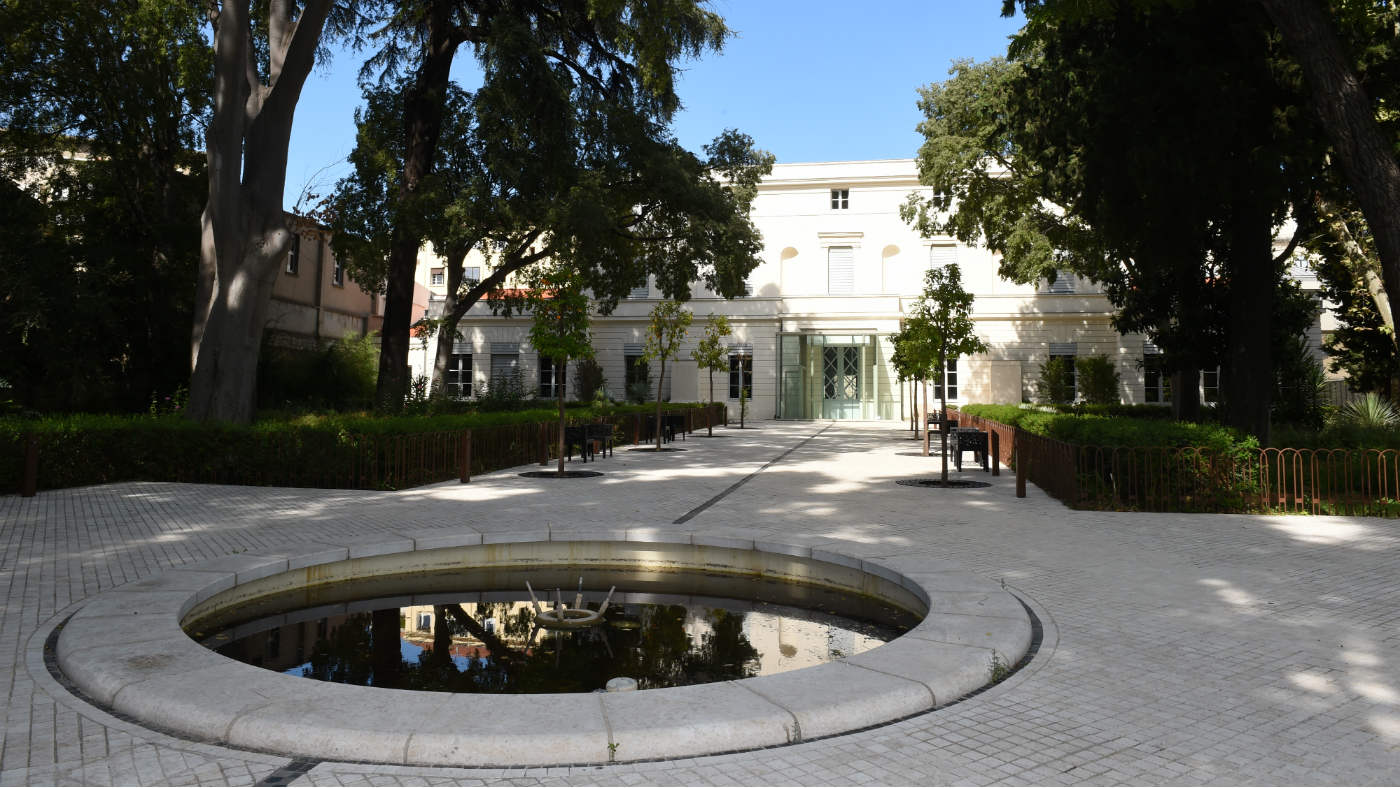
Nicolas Bourriaud, famed for his stint as director of the Ecole Nationale Superieure des Beaux-Arts in Paris, is keeping his cards close to his chest as to which artists and collections will feature at MoCo.
The city's artistic future lies not only with Bourriaud, but also with Montpellier's mayor, Philippe Saurel. Since his election in 2014, Saurel has helped further the cause of MoCo, stopping plans to convert the Hotel Montcalm into a history museum in favour of Bourriaud's vision.
"The city of Montpellier was not built on industry. We have no factories. We are built on education, sport and art," says Saurel, an enthusiastic patron of the arts who is determined to advance the city's status as a global art hub. A firm believer in the power of culture and the importance of supporting it in a difficult time for the people of France, he says: "Culture is stronger than the Kalashnikov."
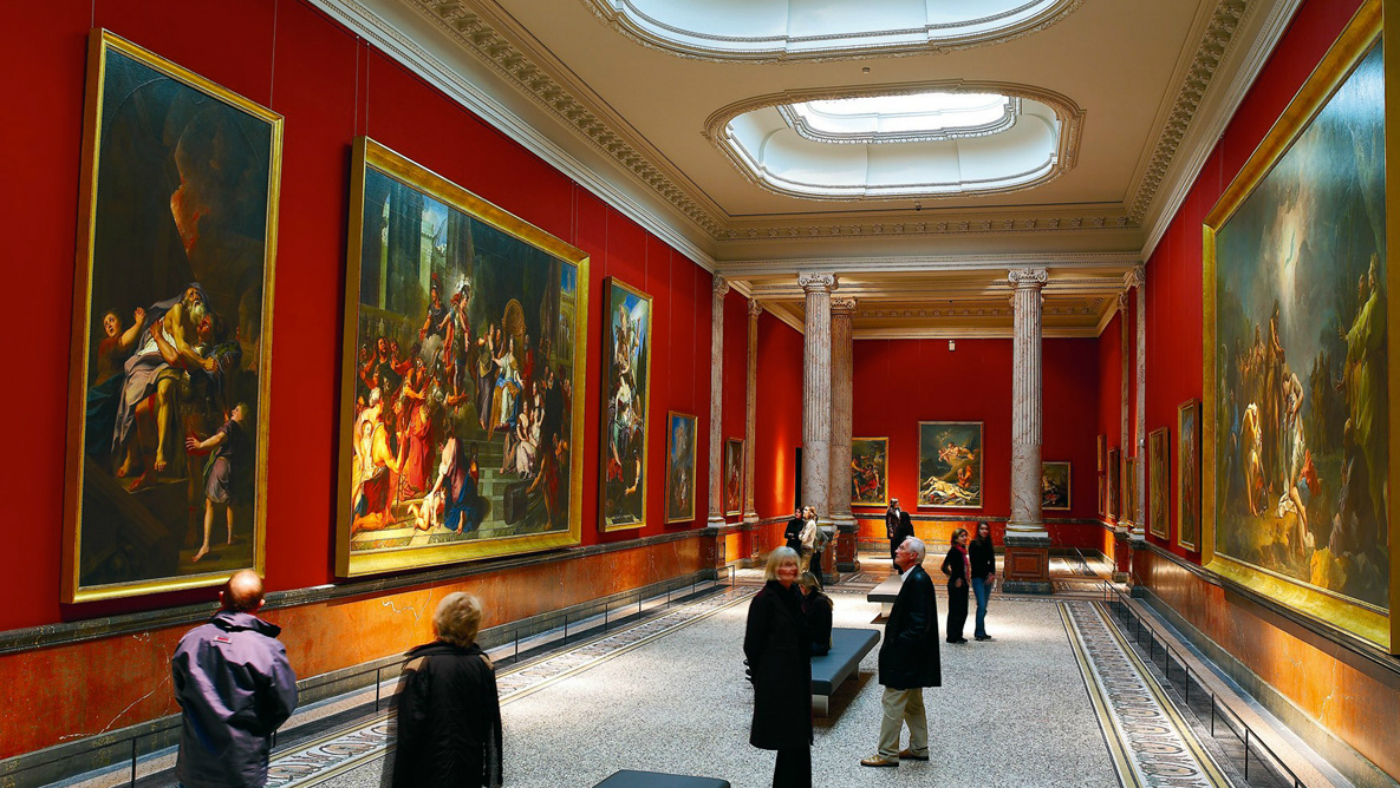
Despite its relatively small size, Montpellier is already a long-serving member of the arts scene. Arguably the main attraction in Montpellier is the Musee Fabre, an enormous gallery founded by local painter Francois-Xavier Fabre in 1825. The building underwent extensive renovations in 2007. Its original classical design is juxtaposed with sleek modern architecture, and the collections within its walls are vast and impressive. They range from the Dutch Masters to 20th Century abstractionists.
While the works of Jacques-Louis David and Eugene Delacroix are spectacular, the highlight here is the museum's permanent collection of works by Gustave Courbet.
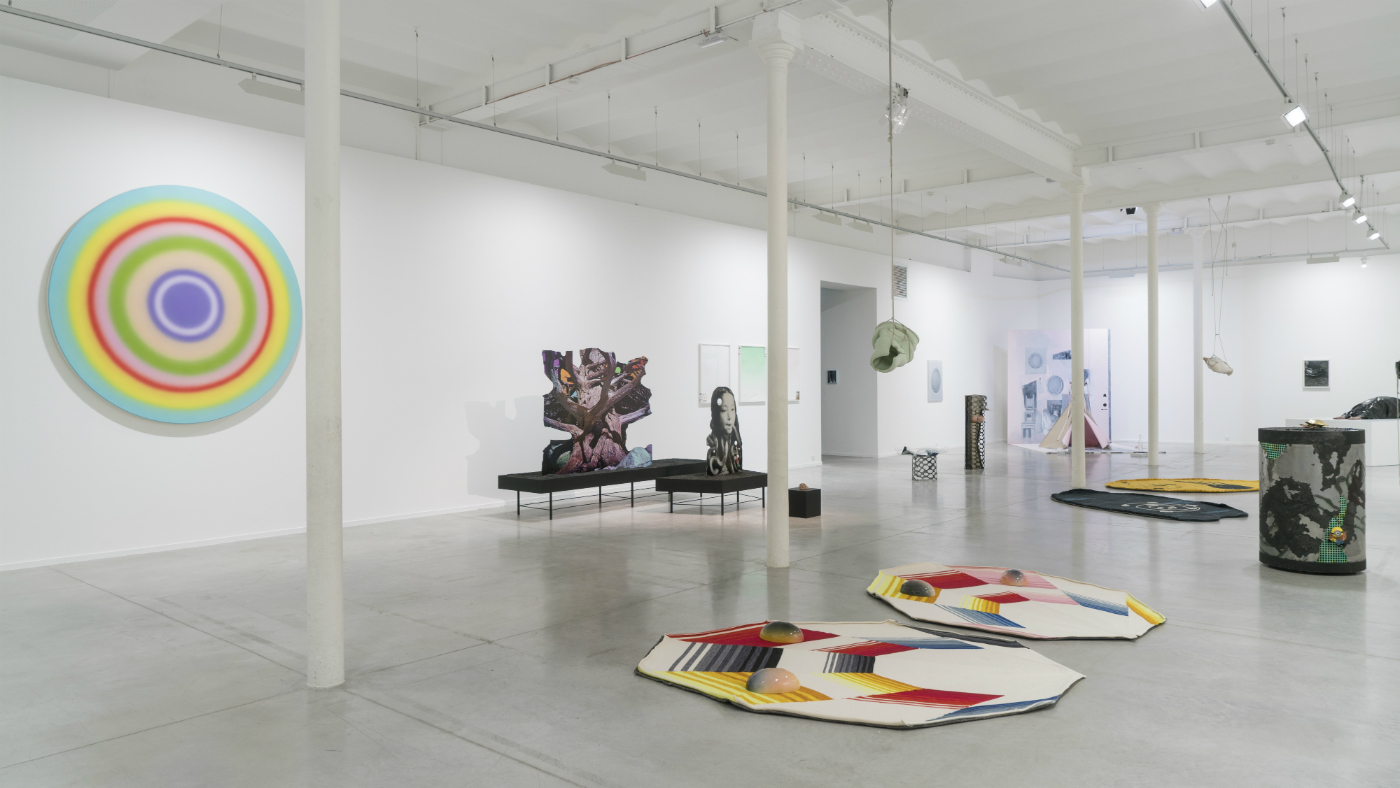
La Panacee, meanwhile, is the city's bastion of contemporary art. Chosen to be one of the two main galleries for MoCo alongside the Hotel Montcalm, La Panacee has already made waves as a gallery space that focuses on prescient collections, especially since Nicolas Bourriaud took over as director.
An inviting space with no permanent collection, La Panacee's works are assembled by Bourriaud to challenge, excite and intrigue visitors. Nothing exemplifies this more than the current exhibitions. The first, a showcase by the Iranian artist Tala Madani, demonstrates her ability to bring a subtly comic angle to deeply unsettling subject matter such as suicide, terrorism and gender oppression. The second is a cornucopia of disturbing imagery in "Back to Mulholland Drive", a showcase of art inspired by David Lynch's 2001 film.

Photography lovers should stop off at the Pavillon Populaire, a free photography gallery in the town's centre. Its current exhibition is "Notes on Asphalt: A Mobile and Precarious America, 1950-1990", a collection of photos of small-town USA, mostly taken from the windows of a passing car. These give visitors an insight into the menial yet moving details of a bygone time and – to an extent – place.

Describing Montpellier as an up-and-coming destination for art lovers does a slight disservice to its rich creative history, but with MoCo the city will surely be reborn as a centre for 21st-century art. Even if the main attraction is still two years away, this gives the French city a little more time to remain a peaceful, hidden gem of the art world, before it rightfully takes up its place as one of Europe's top cultural destinations.
Portfolio recommends:
• To stay: Hotel Oceania Le Metropole Montpellier, five minutes' walk from the main train station.
• To eat: Anga on Rue du Palais des Guilhem in the centre of town.
-
 The week’s best photos
The week’s best photosIn Pictures A new year dawns, a volcano yawns, and more
-
 8 incredible destinations to visit in 2026
8 incredible destinations to visit in 2026The Week Recommends Now is the time to explore Botswana, Mongolia and Sardinia
-
 Wave of cancellations prompt Kennedy Center turmoil
Wave of cancellations prompt Kennedy Center turmoilIN THE SPOTLIGHT Accusations and allegations fly as artists begin backing off their regularly scheduled appearances